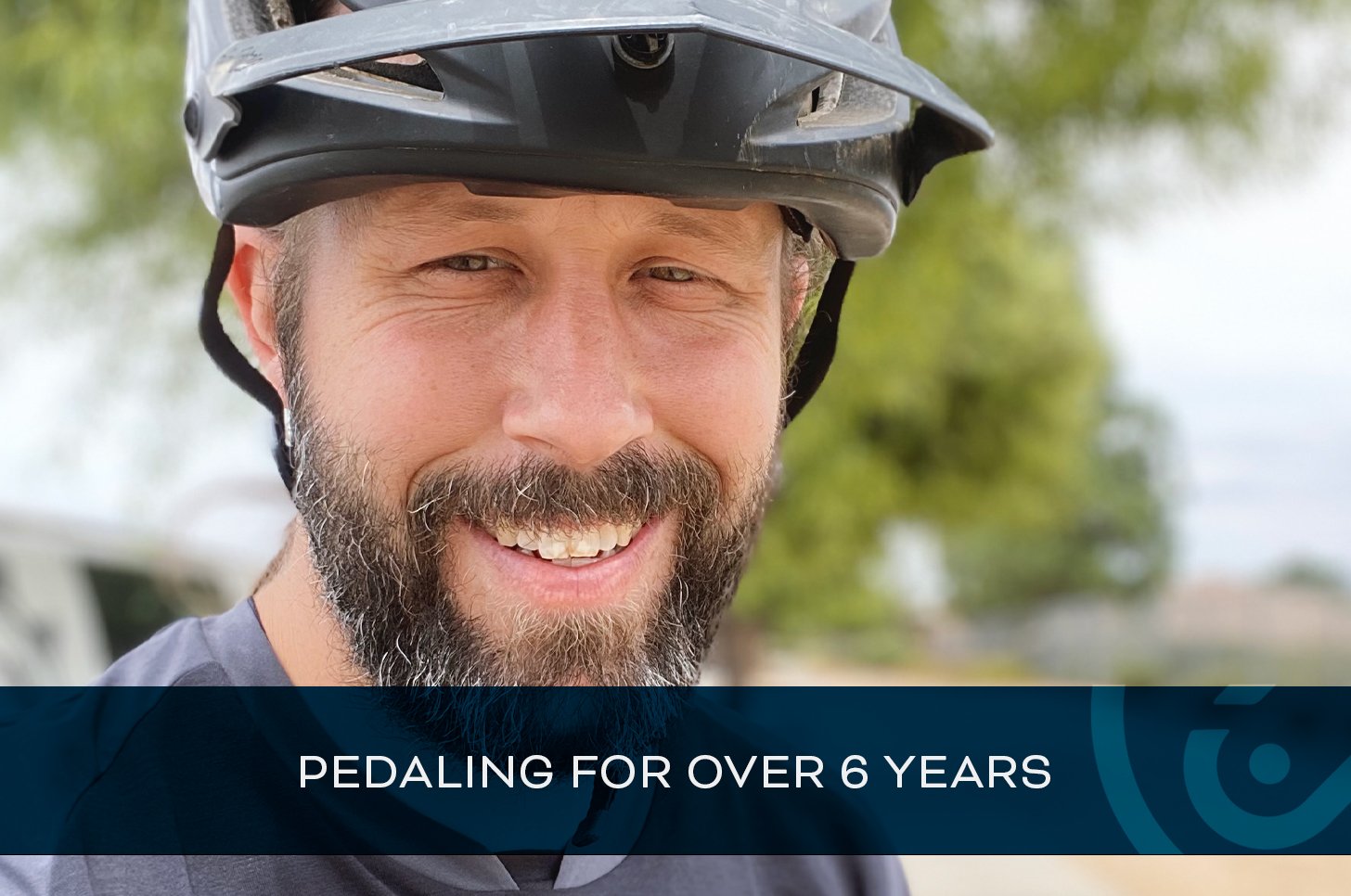Road Bike Forks
Our wide-ranging collection of road bike forks offers something for everyone. From featherweight carbon road racing forks to more rugged touring and gravel road riding options, we offer them in all shapes and sizes.
A rigid road bike fork generally consists of a few main parts: two blades, a crown, and a steerer tube—which inserts into the frame’s head tube and is held in place with the help of a headset. They come in a variety of materials such as steel, aluminum and carbon fiber. Most modern road racing bikes feature carbon forks, which can improve a bike’s performance by being lightweight and stiff, yet also compliant. Almost all carbon framesets are matched up with a carbon fork, and even bikes made with steel, titanium or aluminum frames can benefit from the smooth, lightweight feel of a carbon fork.
While carbon fiber may be the top choice for road racers, other road riding styles may be more suited to alternative materials. For touring, commuting or other more rugged pursuits, CroMoly is a great choice too. These forks can stand up to daily abuse, and they offer a road feel that many riders prefer. There are also plenty of hybrid designs, which combine different materials in different parts of the fork. For example, some have carbon fiber blades with an aluminum crown or steerer tube.
So, when is it time to buy a new road bike fork? Well, besides just wanting an upgrade in terms of weight or performance, any fork that has been involved in a crash should be thoroughly inspected and possibly replaced. Carbon forks, in particular, can fail more suddenly than metal forks (which are more likely to bend than break), so it’s important to replace one that’s damaged in any way.
In addition to the material, you also want to consider a fork’s offset, or rake, which is the distance the blades point forward relative to the steerer. Generally speaking, longer trail adds stability while shorter trail can make your bike feel quicker and more responsive. Beyond that, it’s also wise to consider things like brake mounts (rim or disc), rack eyelets and other options to suit your bike and riding style. If you need assistance making your purchase, please give one of our expert Gear Advisors a call today at 888-880-3811





























































































































































































































































,format=auto/globalassets/digizuite/72071-en-fk001574-black.jpg)

,format=auto/globalassets/digizuite/59225-en-fk001536-black.jpg)

,format=auto/globalassets/product-images---all-assets/enve/fk217b02-carbon.jpg)

,format=auto/globalassets/product-images---all-assets/surly/fk248c00.jpg)

,format=auto/globalassets/product-images---all-assets/whisky-parts-co/fk001211-black.jpg)

,format=auto/globalassets/product-images---all-assets/surly/fk228k00-black2.jpg)

,format=auto/globalassets/digizuite/46712-en-fk001464-carbon.jpg)
,format=auto/globalassets/product-images---all-assets/surly/fk244k05-black.jpg)

,format=auto/globalassets/product-images---all-assets/surly/fk236b00-black.jpg)

,format=auto/globalassets/product-images---all-assets/whisky-parts-co/fk192k00-black.jpg)


,format=auto/globalassets/blog-articles/youtube/holiday-gift-guides-2024/hgg-blog-road.jpg)
,format=auto/globalassets/blog-articles/youtube/why-buy-a-bike-from-us/why-buy-a-bike-from-jenson-thumbnail.jpg)
,format=auto/globalassets/blog-articles/culture/social-ambassadors/additional-ambassadors-collage.jpg)
,format=auto/globalassets/landing-pages/tour-de-france/2024/tou-1.jpg)



,format=auto/globalassets/homepage/special-offers/2025_03/fidlock-sob.jpg)
,format=auto/globalassets/homepage/special-offers/2024-02/jensonusa-exclusives-sob.jpg)
,format=auto/globalassets/homepage/special-offers/2025_01/sob-jbs.png)
,format=auto/globalassets/homepage/special-offers/2024-06/one-up-hub-hub.jpg)